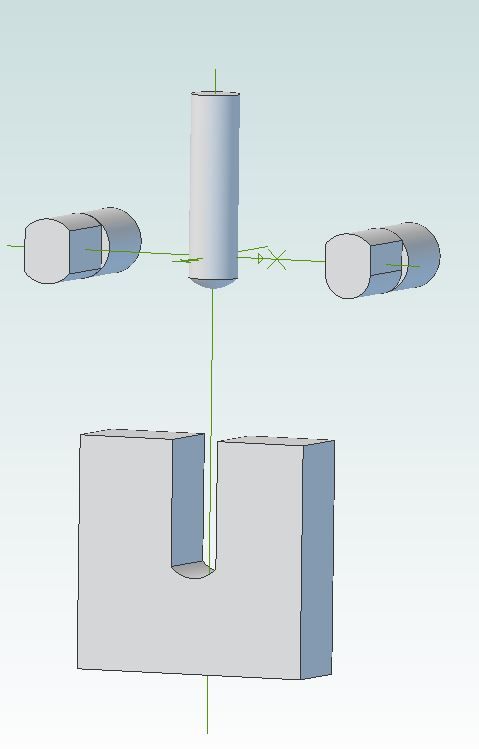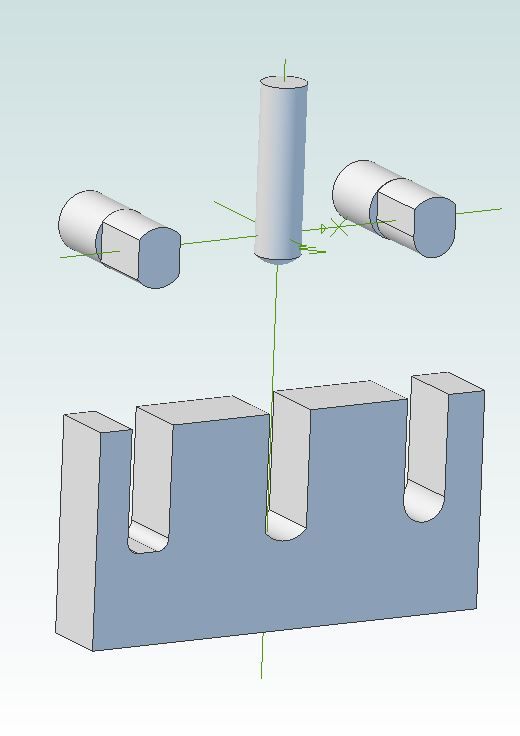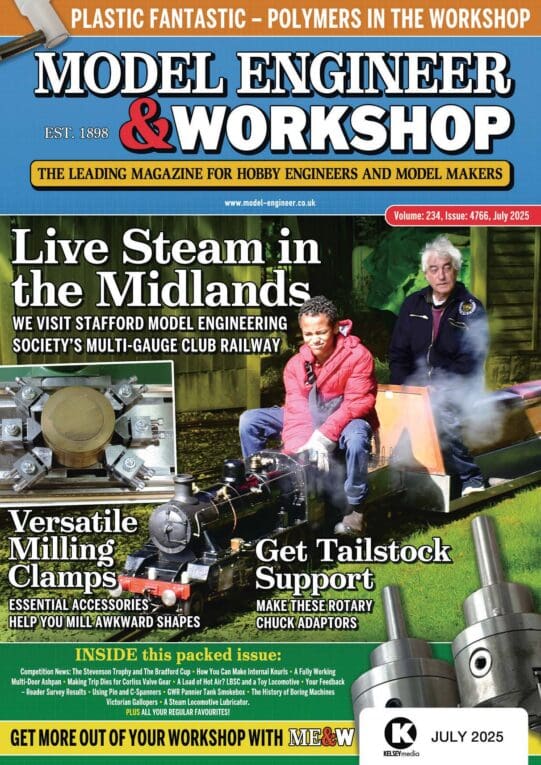A 7.5mm slot with a 5mm internal radius at one end…
A 7.5mm slot with a 5mm internal radius at one end…
- This topic has 27 replies, 13 voices, and was last updated 11 February 2018 at 22:03 by
Hopper.
- Please log in to reply to this topic. Registering is free and easy using the links on the menu at the top of this page.
Latest Replies
Viewing 25 topics - 1 through 25 (of 25 total)
-
- Topic
- Voices
- Last Post
Viewing 25 topics - 1 through 25 (of 25 total)
Latest Issue
Newsletter Sign-up
Latest Replies







